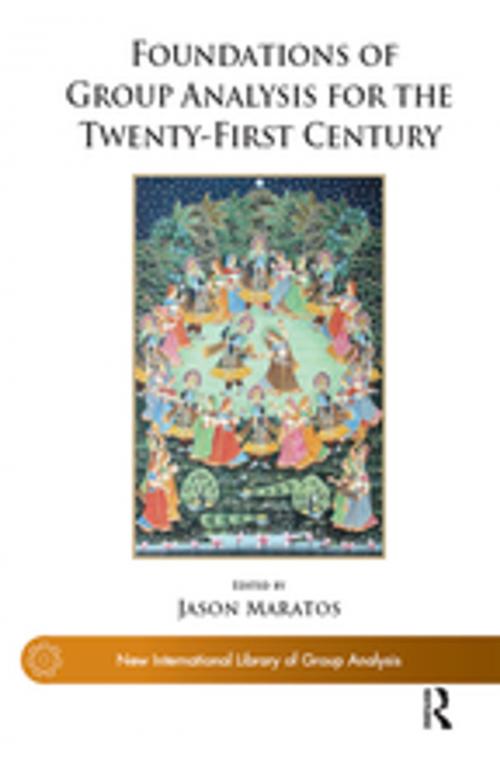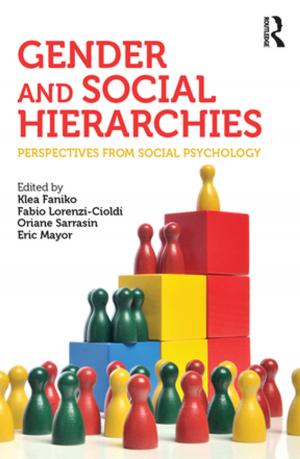Foundations of Group Analysis for the Twenty-First Century
Foundations
Nonfiction, Health & Well Being, Psychology, Mental Health| Author: | Jason Maratos | ISBN: | 9780429913907 |
| Publisher: | Taylor and Francis | Publication: | May 15, 2018 |
| Imprint: | Routledge | Language: | English |
| Author: | Jason Maratos |
| ISBN: | 9780429913907 |
| Publisher: | Taylor and Francis |
| Publication: | May 15, 2018 |
| Imprint: | Routledge |
| Language: | English |
The Institute of Group Analysis (IGA) celebrates forty years from its foundation with the publication of two new volumes tracing the foundations and applications of Group Analysis. The first volume ('Foundations') aims to publicise the foundations of group analysis (with the earliest papers of Foulkes) as well as the most influential theoretical contributions by pillars of modern group analysis, such as Pines, Brown, and Hopper. The reader will be able to see the development of Group Analysis, form an opinion about the trajectory that it follows, and judge which way the tradition of openness and creative integration of diverse theoretical contributions will lead in the twenty-first century. The second volume ('Applications') focuses on the numerous fields of work that use group analytic principles. Workers in the field of forensic psychotherapy would now consider it a great omission if they did not use some form of group analytic intervention, as would professionals dealing with those who manifest personality disorders, or those who work with different age groups, such as adolescents.
The Institute of Group Analysis (IGA) celebrates forty years from its foundation with the publication of two new volumes tracing the foundations and applications of Group Analysis. The first volume ('Foundations') aims to publicise the foundations of group analysis (with the earliest papers of Foulkes) as well as the most influential theoretical contributions by pillars of modern group analysis, such as Pines, Brown, and Hopper. The reader will be able to see the development of Group Analysis, form an opinion about the trajectory that it follows, and judge which way the tradition of openness and creative integration of diverse theoretical contributions will lead in the twenty-first century. The second volume ('Applications') focuses on the numerous fields of work that use group analytic principles. Workers in the field of forensic psychotherapy would now consider it a great omission if they did not use some form of group analytic intervention, as would professionals dealing with those who manifest personality disorders, or those who work with different age groups, such as adolescents.















